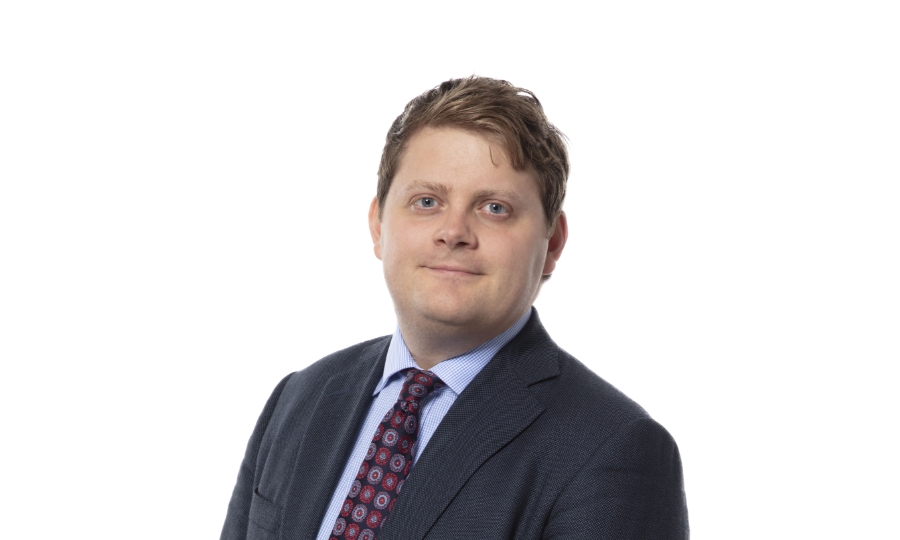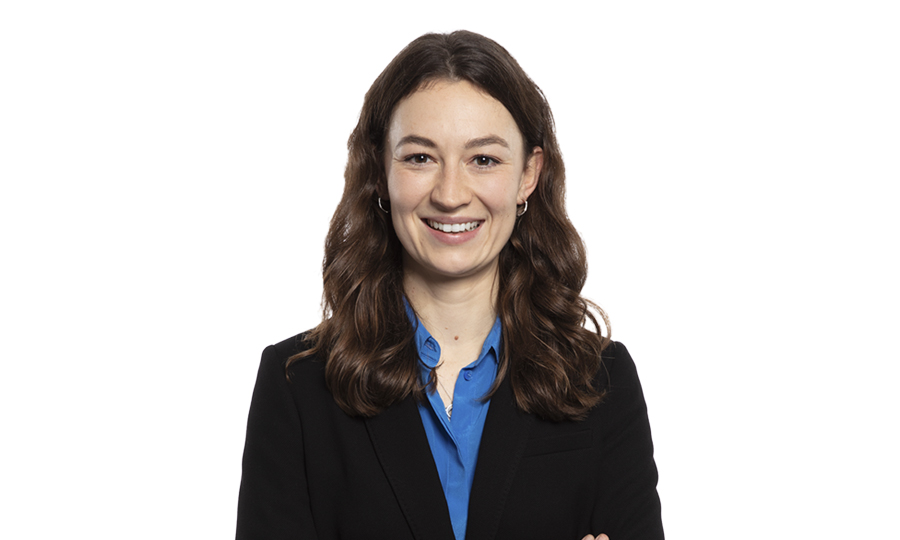How to hear witnesses of fact: a flexible approach
Central to the determination of many court cases – whether in the popular imagination or the hard reality of the English High Court – is credible, tested and persuasive evidence from witnesses of fact. This is usually to be given by the witness’s oral evidence in public (CPR 32.2(1)). However, in a number of cases, the English court has taken a more flexible approach to facilitating the evidence of witnesses of fact.
We have recently seen the High Court grant permission for witnesses located abroad to give their evidence remotely for various reasons and creative applications from litigators seeking permission for alternative arrangements to be made. This includes a very recent decision in the lead-up to the marathon SKAT litigation where witnesses are in Dubai and cannot travel, as well as one of the legal teams in the Autonomy litigation making use of section 1782 of the United States Code to achieve a situation almost akin to remote evidence from a non-co-operating witness.
Of course, there exist important reminders of why careful thought to remote attendance at hearings is essential. Examples of things going less than smoothly have spread as cautionary tales since Covid-19 normalised remote attendance. A recent Australian example highlights the essential lesson that a courtroom is a courtroom whether someone is dialling in or otherwise. In the New South Wales Supreme Court Decision of Wang v Yu (No 2) [2024] NSWSC 4, the court severely criticised Dr Wang for having dialled in on a mobile phone while driving a car. An appearance in court must respect the “decorum and solemnity of the occasion”, which was singularly lacking here.
Application in the SKAT litigation
In the SKAT litigation, three of the plethora of defendants, Graham Horn, Anupe Dhorajiwala and Rajen Shah (the DWF defendants) live in Dubai. In normal circumstances, their preference would have been to travel to London and give their evidence orally at trial, as such witnesses would generally be expected to do.
However, each of these defendants is subject to a European arrest warrant and so fear arrest should they travel to London. Mr Shah is also subject to a travel ban imposed by a Dubai court with the effect that not only may he risk arrest were he to travel, but that he may well also be in contempt of the Dubai court.
As a result of these circumstances, the DWF defendants made an application to Baker J asking him to adjourn the trial and appoint himself as a special examiner under CPR 34.13(4). Baker J would then travel to Dubai to hear the DWF defendants’ evidence in person, with evidence of their depositions then being adduced at trial. This would be as an alternative to their giving evidence orally at trial.
There is precedent in Peer International Corp v Termidor Music Publishers Ltd [2005] EWHC 1048 (Ch) and Attorney General of Zambia v Meer Care & Desai et al. [2006] EWCA Civ 390 to suggest that a High Court judge may appoint themselves as special examiner. In the latter case, Peter Smith J indeed appears to have sat as special examiner in Zambia (see trial judgment [2007] EWHC 952 (Ch)).
Sitting as a special examiner
Baker J was not entirely convinced by the caselaw. CPR 34.13 is not a standalone provision; rather it supplements CPR 34.8–34.12. CPR 34.8(1) allows a party to apply “for an order for a person to be examined before the hearing takes place”. It does not expressly provide for adjourning the trial for the judge to observe such examination.
Baker J further had concerns about some of the practicalities of sitting as special examiner. In this role, he would not be acting as a trial judge and would not, or could not, act as a judge at all. The Dubai courts sought to impose this as a requirement of Baker J sitting as special examiner, i.e. that he “would have no exercisable judicial powers or functions when overseas”. This has the obvious implication of Baker J not being able to have the usual input of a trial judge in the cross-examination of witnesses. He would not be able to seek clarification from a witness or ask questions of his own in the way that he usually would.
Sitting as special examiner also presents logistical difficulties, meaning that Baker J could not fulfil his judicial duties while abroad and that other High Court judges would have to pick up the slack in his absence. He also felt that he would need to be released by the Lady Chief Justice or the President of the King’s Bench Division; releasing himself to go to Dubai for three weeks is, to put it informally, above Baker J’s paygrade.
Staying put
Baker J was ultimately not persuaded that it would be in the interests of justice to adjourn the trial and travel to Dubai to hear the evidence given there by the DWF defendants and instead granted permission for the three of them to give their evidence remotely.
There were fewer disadvantages to such evidence being given remotely, with evidence via video link having the obvious advantages of Baker J presiding over proceedings in his role as a judge of the High Court, allowing observation of the oral evidence by all involved in the trial, the public and journalists, and having more than a transcript in evidence.
The Autonomy litigation
In the Autonomy litigation, the parties were faced with a witness who was unwilling to give evidence, but located outside of the jurisdiction and so not amenable to a witness summons.
Creatively, the relevant party arranged for the deposition in the US to take place during the English trial at the time that the witnesses were generally being heard. The Autonomy parties’ request that the deposition take place at this time meant that the English judge could watch remotely as though the witnesses were giving evidence to the court, rather than with only a transcript in evidence. This was a creative use of the section 1782 jurisdiction and gave the judge the benefit of observing the evidence very much as if the non-co-operative witness had been willing to attend remotely.
Overall interests of justice
In the SKAT and Autonomy litigations, High Court judges took different, yet flexible, approaches to hearing factual evidence at trial.
While the general rule as to witnesses’ oral evidence being given in public at trial certainly should not be ignored and important hurdles like blocking statues will need to be surmounted in cross-border cases, the decisions of the High Court judges in the SKAT and Autonomy litigations show their openness to consider matters on an adaptable case-by-case basis where they can reflect on what is preferable in the overall interests of justice.



